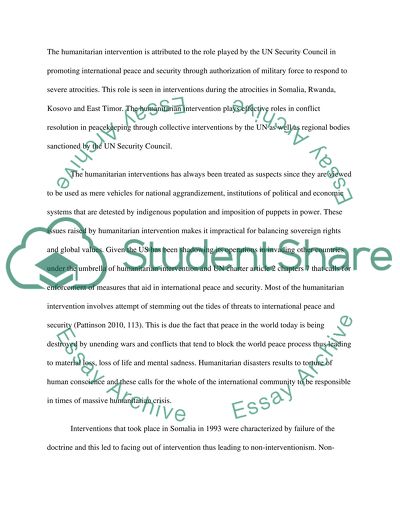Cite this document
(“Humanitarian Intervention-The Responsibility to Protect Development Essay”, n.d.)
Retrieved from https://studentshare.org/law/1465992-with-specific-reference-to-post
Retrieved from https://studentshare.org/law/1465992-with-specific-reference-to-post
(Humanitarian Intervention-The Responsibility to Protect Development Essay)
https://studentshare.org/law/1465992-with-specific-reference-to-post.
https://studentshare.org/law/1465992-with-specific-reference-to-post.
“Humanitarian Intervention-The Responsibility to Protect Development Essay”, n.d. https://studentshare.org/law/1465992-with-specific-reference-to-post.


